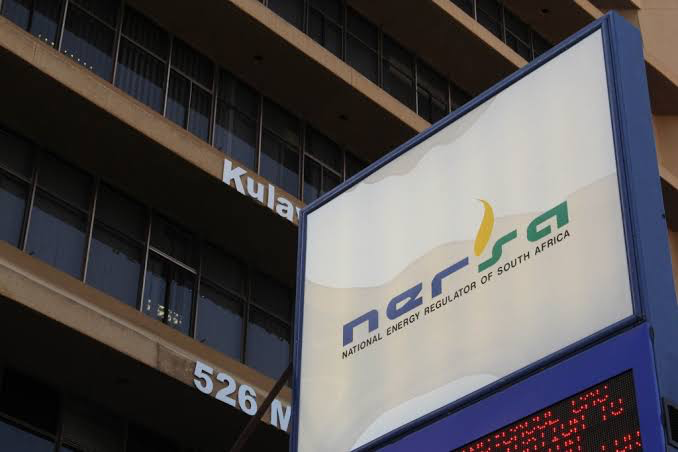The National Energy Regulator of South Africa (Nersa) has withdrawn its decision to adopt new tariff-setting rules known as the Electricity Price Determination Methodology Rules (EPDMR). This move comes as Eskom, the state-owned power utility, gears up to request a substantial increase in electricity rates.
Originally approved in December, the EPDMR was set to replace the current multiyear price determination methodology (MYPDM) by the 2025/26 financial year. However, Nersa’s top decision-making body, during a meeting on June 27, resolved to rescind this approval, citing concerns over the readiness of licensees and stakeholders to implement these new rules.
The reconsideration of the EPDMR follows feedback from various sectors, including Eskom itself, which expressed doubts about the feasibility of implementing the new methodology due to the lack of a clear method for calculating tariffs. Additionally, Eskom raised concerns about the insufficient time remaining to adjust its tariff application, which had been prepared under the existing MYPDM framework.
Legal stipulations have reinforced the need for any new methodology to be established well in advance of its application. Court judgments and orders have previously determined that a methodology must be in place at least 18 months before a new tariff adjustment period begins. Based on this requirement, the new rules and their associated methodology would have needed approval by September 2023 to affect rates for the fiscal year beginning April 1, 2025.
As Nersa steps back from the EPDMR, Eskom is already in discussions with the National Treasury and the South African Local Government Association regarding its next tariff application. Reports suggest that Eskom may seek allowable revenue of R446-billion for the 2025/26 period. This would represent a rate increase of more than 36% for its direct customers, signaling a significant financial shift for millions of South Africans reliant on Eskom for their electric power.
In its statement, the Energy Regulator emphasized its ongoing commitment to refining its regulatory tools. Nersa aims to adapt to the dynamic shifts within the electricity supply industry, changes in legislation, the ongoing unbundling of Eskom, and new investments in energy generation. Nersa has also made the decision to create a precise plan for handling and assessing upcoming applications for tariffs and revenue. The goal of this strategy is to give the industry and its stakeholders more stability and transparency so that developments in the future may be handled more effectively and openly.
Nersa’s reversal highlights the difficulties and complications of policing a vital sector that is closely watched by both the public and the government. Nersa’s choices and the reactions of organizations like Eskom will be crucial in determining how South Africa’s economy and environment develop as it continues to manage its energy problem.



